

Make Homework Meaningful & Manageable with Menus
Are you looking for a new homework management solution try homework menus to motivate your students and differentiate through choice read on for tips on using homework menus plus free printables for 2nd and 3rd grade to get you started..
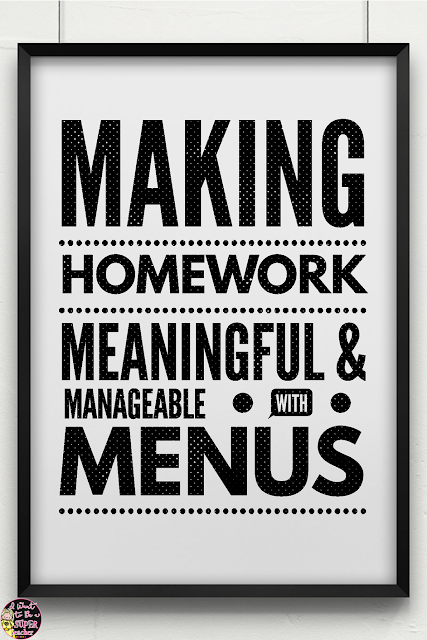
Teacher Homework Confession/Spoiler Alert:
I’ve never been a fan of homework – not as a child and definitely not as a teacher
Homework has been my pet project for awhile, as it’s always driven me crazy that parents, districts, and most administrators required I create and assign something that any research I’ve encountered deemed at worst detrimental or at best only mildly useful. Since I’ve rarely taught in an environment where not giving homework was an option, I’ve attempted to finagle a way to make homework as meaningful as possible for ALL of my students. No easy task, especially when there are so many other things worthy of our time and attention (literacy, math, arts instruction anyone?!)
I’ve tried: *Daily homework – everyone does the same thing, bring it back the next morning *Weekly homework folders – students complete a set schedule of assignments per week (Monday – spelling, Tuesday – math, Wednesday – reading response, etc.) *Homework packets – go home Monday, students finish in whatever order they choose, bring back Friday *Homework point sheets – students earn a specified amount of points for each homework assignment and earn a set amount of points each week
I’ve had varying amounts of success with all of the above as well as a good amount of failure.

The Research on Homework
After reading a variety of research about homework at the elementary level, I strongly believe that the most important part of homework for kids K-5 is reading a just right book. After that, the rest is – just that – the rest.
These two articles are good starting points if you are interested in an overview of the research on homework practices.
Synthesis of Research on Homework The Case For and Against Homework
Here were my takeaways from the articles (from a grade 2-3 perspective)
Homework should: •Give students a chance to review skills they are comfortable with and can practice independently •Give them an opportunity to do what they enjoy •Give students a chance to be successful at home with academics •Help children see connections between what they do in school and the real world
Homework should not: •Require parents to teach their child something new – let parents do the wrangling, not the teaching •Frustrate kids because of the difficulty of the assignment •Be one size fits all – we don’t teach this way, so why would we assign homework this way?
Homework Menus can be a Solution!
After 14 years of facing this homework conundrum I’ve found that homework menus are the easiest way to differentiate homework in a way that’s easy for teachers to assign and grade.
Plus they give you tons of flexibility so you can include exercise, listening to music, hanging out with family, practicing math facts or mindfulness as menu options.
You are still assigning homework, but getting to choose menu options that you know are really important for kids.
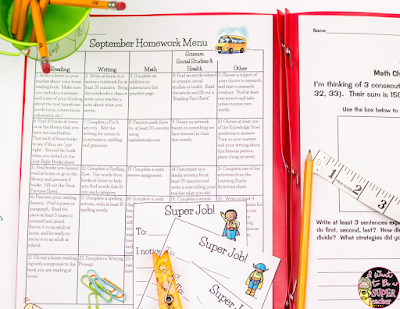
Homework menus give students choice within a structure and can be easily adapted to what you have already taught in class.
You only have to create one menu a month and collect homework assignments once per week (or even per month – although I wouldn’t recommend this – too much room for procrastination).
There are a few different ways to handle turn in of assignments for students who can’t handle the Friday only turn in option. I use homework bookmarks for 99% of my kids and a daily homework tracker for the kiddos who need a bit more daily accountability.

Getting Homework Menus up and Running
Want to try out homework menus? Here are a few things to know about getting organized.
At the beginning of every month you will need a new homework menu. Your menu (if you choose to do a monthly one like me) should include around 25 choices. Then you just need the printables and you’re ready to go. It’s work up front but it saves you time later.
To Do Monthly:
*Get copies of the homework menu ready for every student *Make 15-20 copies of the printable homework options you want to use *Make one set of answer keys for your homework grader (if you are lucky enough to have one) *Find a place to keep homework menu options (you can see some of mine in the pics) – I put them outside my room on plastic shelves so they’re easy to find before and after school

To Do Weekly:
*Make copies of homework bookmarks or trackers to send home *Enter homework in grade book and grade as you would like (If you don’t have a parent volunteer to help you, I say put a sticker on the homework bookmark and send that puppy home!)
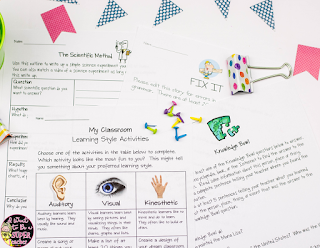
To Do As Needed:
As you teach something in class, add it to your homework options folders, crate or shelves. If I have extra copies of a math or reading response assignment I always put them in the homework shelves for students to do as extra practice at home. These have been introduced to them in class and they should be able to complete them at home with minimal support. They can easily fit with the “Complete a math assignment you haven’t already done.” or “Complete a reading response/log” menu options. Even if I have something that doesn’t necessarily fit with a given option, I’ll let students know they can use it as a homework option (and let the parents know too) and write in the assignment they did instead of a number. Easy-peasy!
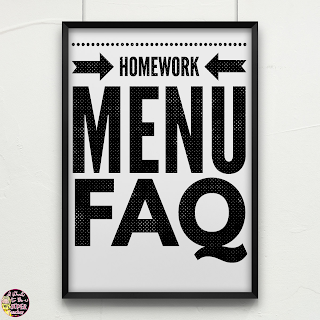
Homework Menus Frequently Asked Questions
Q: If homework doesn’t really matter anyway, then why even use a menu? Isn’t it just extra work that could be better spend elsewhere? A: I have always worked in schools where there was pressure either by the district, our school administration, or students’ parents to provide some sort of homework . (95% of the pressure came from parents in my experience.) Providing homework menus with age-appropriate options is my attempt to work within these expectations, while differentiating for every student and honoring their time. This is why exercise, listening to music, practicing mindfulness, and spending time interacting with family members have always been mainstays on my homework menus. I also like that the menu structure gives me opportunities to include math and reading review assignments that are beneficial for students, since they’re reviews of what we’ve already done in class.
Q: How do parents respond to this type of homework? A: Just like anything else you do in your classroom, some parents are 100% on board and think homework menus are the best thing ever, and others are not so easily persuaded. For the naysayers I use their questions as a jumping off point to explain what research says about homework in elementary grades and that truly my #1 concern is that their child is reading at home. For the most part parents have been very supportive of this type of homework and loved that it gave their child more freedom and less busy work. Kids are busy after school, and they loved that soccer practice and piano lessons (both great uses of after school time!) could be counted toward their weekly homework. Using menus also eliminates complaints from parents who constantly tell you their child isn’t being challenged by the work you’re sending home, since the kids are making the choices.
Q: Parents are concerned that their children aren’t old enough to make choices. What if they just want a homework packet? A: If parents want a packet, I nicely take them outside my classroom (where I keep copies of all the homework choices) with a stapler in hand, randomly take three or four assignments and staple them together. Voila! A homework packet! I don’t think this is the best way to assign homework as it takes responsibility away from the student, but I don’t believe homework is important enough to cause rifts between teachers and parents. I strongly, strongly, strongly (did I say strongly?) disagree that children aren’t able to make choices for themselves.
Q: What if students can’t handle turning in homework only once a week? A: Weekly turn in typically works for 99% of students. For the other 1% I use a Daily Homework Tracker or Bookmark. Students who use these do the same assignments, but turn in a bookmark/tracker each morning with the minutes they read the night before and the menu option they completed (or are working on) so they don’t get behind.
Q: How do you keep track of homework that has been turned in? Do students ever repeat the same assignment? A: I keep track of homework in an Excel document where I record the total minutes of reading and the numbers from the homework menu that students complete each week. At a glance I can make sure students are completing different assignments throughout the month
Q: How do you grade homework? How much time does this take when students are completing different assignments? A: Grading and entering homework into the Excel document is one of the parent volunteer jobs in my classroom. I feel my grading time is much better spent working on reader’s response notebooks or giving students comments on their writer’s workshop pieces rather than grading and entering homework assignments. I have a pack of answer keys that I include in my parent volunteer section of the room for all the monthly assignments, so a willing parent volunteer can do the grading for you. If parent volunteers are scarce, I would grade for completion only. Check! Sticker! Done!
Q: What do you do if students choose only the easiest assignments? A: Parents are usually much more concerned about this than I. Homework is something students should be able to complete independently so technically they should choose assignments that are easy (on an independent level) for them. I talk with my students throughout the year about choosing just right homework assignments and train the parents to do the same. If you can finish it in two minutes it’s too easy. If it makes you want to cry it’s too hard. Since I can’t necessarily control which assignments students pick as this is HOMEwork, I choose my battles. I would rather battle about reading just right books in the classroom than choosing just right homework assignments.
Q: Parents are telling me they have to teach their child how to do the assignment(s). What should I do? A: Remind the parent that there are a number of options for homework. Their job is to provide a calm place, time and structure for their child to work and then congratulate them when their child does their best. Train parents the same way you do students about choosing just right homework assignments (finish in 2 minutes vs. make you want to cry) and make some assignments available online if possible so parents can see what options are available.
Want to try out homework menus?
Click HERE to download this FREE editable homework menu , homework bookmark , and 4 printables that correspond to the menu and see what you think. I’d love to hear from you in the comments!

Need more homework menus and printables?
If you are ready to get started with homework menus for the year, homework menus with corresponding printables are ready to go for every month of the school year at the Super Teacher stores. If you’re just getting started for the year, you can check out the August Homework pack HERE and the September Homework Menu pack HERE .
You can buy them one month at a time or take the leap and get the entire year bundle which includes EVERY homework pack + extra presents for Super Pack buyers only!
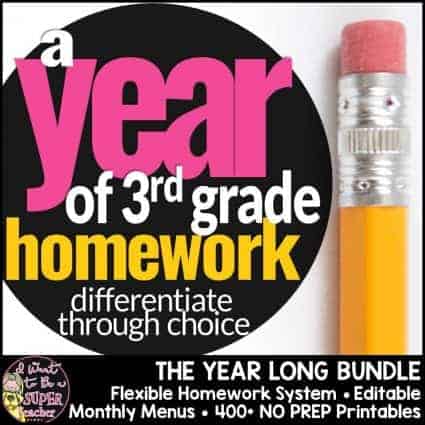
Have you tried out the freebie? Already using menus for homework? Let me know what you think in the comments!

Need More Back to School Resources?

Place Value Fun – Making Wonka Bars

Stones in the River – A Perfect Back to School Writing Activity
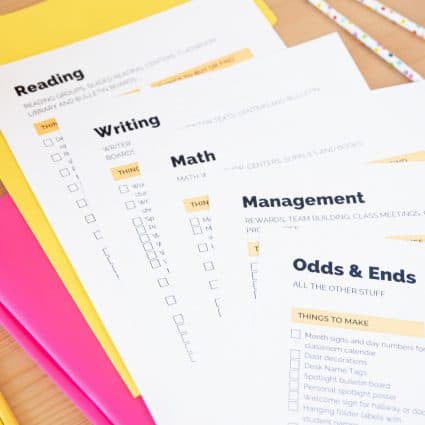
Classroom Setup Checklist FREE Back to School Organization
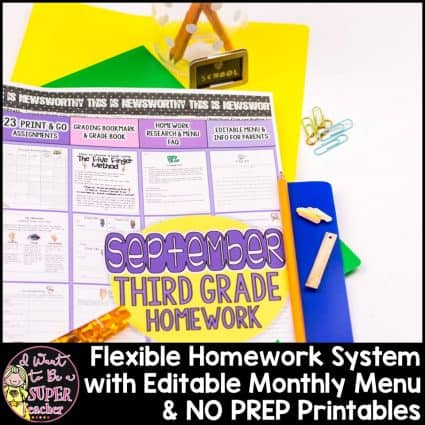
September Homework Menu & Corresponding Printables
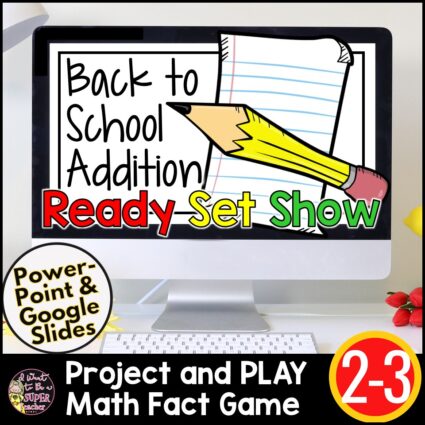
Ready, Set, Show! Back to School Math Game Addition Facts
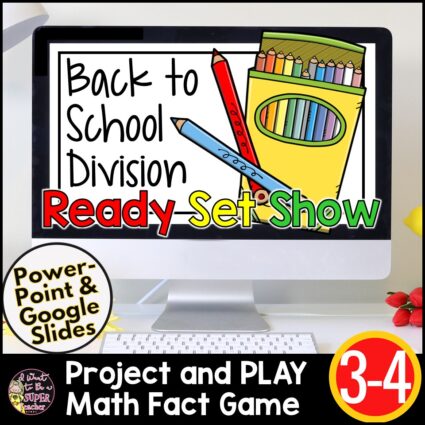

Ready, Set, Show! Back to School Division Facts
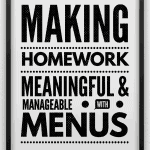
Great idea!!
- Pingback: But I Don’t Get It! The Late, Great Homework Debate | TWU New Teachers
Do you plan on making different grade levels? I would like to purchase a second grade one!
Thanks so much for your question! For 2nd grade, I recommend using menus as in-class activities rather than homework because all of the choices are a bit too overwhelming for 2nd graders. When I taught 2nd grade we used a more simple homework and it worked well, especially at the beginning of the year. However, I did still have students use menus, but as enrichment or fast finishers.
Leave a Reply Cancel reply
Your email address will not be published. Required fields are marked *
- TemplateLab
- Homework Planners
15 Printable Homework Planners (PDF, Word, Excel)
Just because you’re a student, that doesn’t mean that you always have things under control. A lot of times, you might feel that you “don’t have enough time” because you have so many things to accomplish like school work, projects , review, and homework. To make at least one of these aspects easier, creating a homework planner is essential.
Table of Contents
- 1 Homework Planner Templates
- 2 Information to include in your homework planner
- 3 Tips for creating your own homework planner
- 4 Best Homework Planners
- 5 Using a notebook or binder for your homework planner
- 6 Free Homework Planners
- 7 How to use your homework planner?
Homework Planner Templates
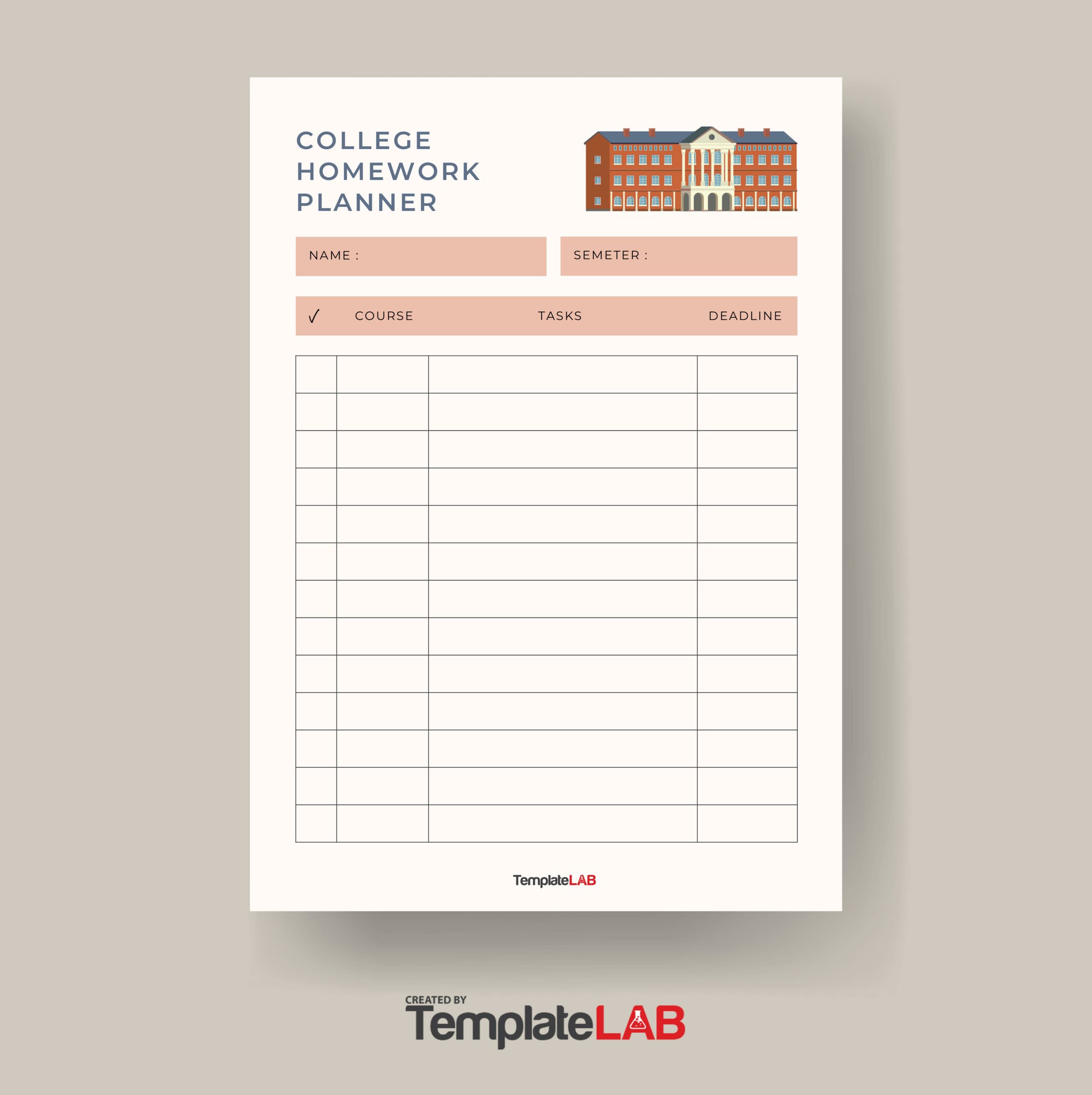
Information to include in your homework planner
If you want to improve your time management skills through a homework planner, make sure to use the planner wisely. Avoid any crisis and conflict by including this information:
- Regular times for you to do your homework
- The due dates of your homework assignments
- The dates of your tests
- Any special events you have to attend wherein you won’t have time for homework
- The deadlines of signing up for standardized tests
- The due dates for school-related fees
- The dates of school holidays
Tips for creating your own homework planner
It can be quite tricky to keep track of all the due dates of your homework without using a homework planner, a student planner template or any other kinds of organizational strategy. If you plan to create your own homework planner printable template, here are some tips:
- Think about the types of weekly homework planner sheets to include. If you want to remain organized, you must use different types of planning lists, one of which is the homework planner printable.
- Select the type and color of the paper to use when you print out your student planner template. You may also want to think about the type of template to use to organize all the information you need for school. After choosing and downloading a template, either customize it according to your needs or use it as it is.
- After printing out the sheets of your daily, monthly or weekly homework planner, arrange the sheets in the order you want them to appear in your binder or notebook. Think about how you plan to use the sheets of your planner to find the perfect arrangement.
- Organizing the different sections of your template allows you to keep all of your similar sheets for planning in one place. This is what successful planners to and it’s what allows you to remain flexible as you deal with your daily tasks.
- Create different sections for your homework planner. Mark these sections using sheets of colored paper, stick-on dividers or other types of dividers to make it easier for you to locate the different sections.
- Design the front cover of your planner. Here, you can express yourself using your own ideas and creativity. You can either create a design on your computer or use craft supplies to come up with a lovely design. If you think it will motivate you more, come up with a design that makes you feel inspired.
- Name the sections of your planner. You can use the different subjects in your school as the names of the sections, the months of the year, and more, depending on what you need.
- After marking the sheets and sections clearly, bind the sheets together. The simplest way to do this is with a stapler. Then fold a strip of paper over the entire side of the bound sheets to give your planner a neat look. After this, you can start using your planner!
Best Homework Planners
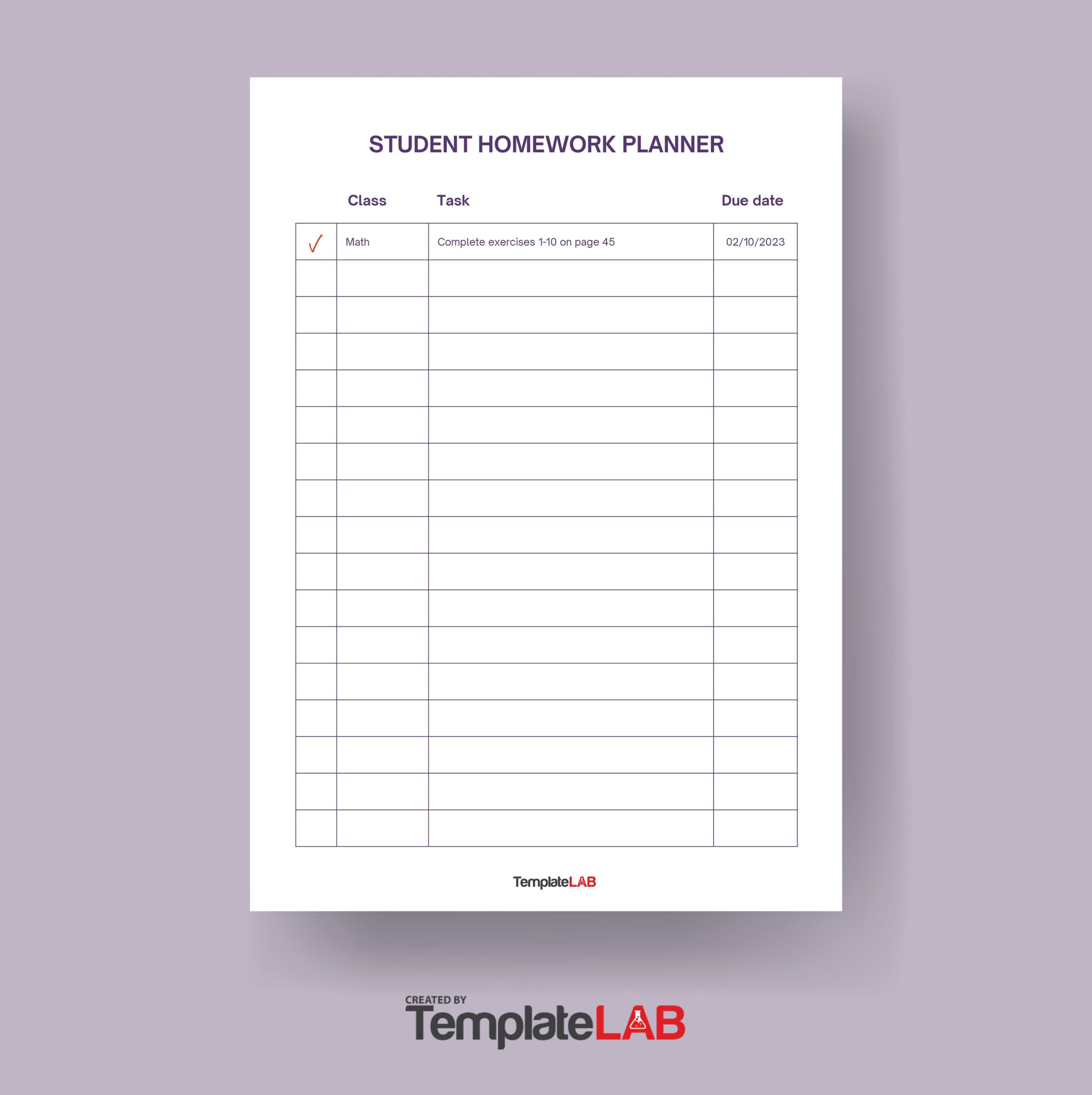
Using a notebook or binder for your homework planner
Apart from creating your homework planner from scratch, you can also use either a notebook or a binder. Here are some steps to guide you:
Standard notebook
- Select a notebook to use. Although using a homework planner printable is very convenient, decorating a notebook and using it for your planner is an excellent way for you to express yourself.
- Decorate the notebook by starting with the cover. Use paint, stickers, and other craft supplies to do this.
- Divide the notebook into how many sections you need for your planner. Think about how many sections you need then think about how many pages of the notebook you need for each of the sections.
- Label the sections either by hand or using printed labels. You can also decorate the label covers of the notebook as you may see fit.
- Create a calendar for your planner or print out a calendar template and attach it to your notebook in some way. This makes it easier for you to keep track of dates and deadlines.
- Create the daily, weekly or monthly planning sheets. You can organize your plans easily by dividing the sheets or pages into equal sections for you to write your notes . Then you can start using the notebook to plan your homework!
- Select the binder to use for your homework planner. In your selection process, consider the size of the banner. If you need a lot of space for your planning, you may choose a bigger binder. However, a smaller one is a lot easier to carry around. Therefore, considering the size is very important.
- Think about the planning method you’d like to use. You can have daily, weekly or monthly planning or to-do lists . Using a binder is a lot easier, especially in terms of adding new sections when you need them.
- Print out the homework or student planner templates you need after downloading or designing them. You can either use the templates you’ve downloaded or customize them as needed.
- Insert all of the planning sheets and dividers into your binder. As you insert these sheets, separate them using standard dividers to make it easier for you to find the different sections. Using dividers also makes it easier for you to label the different sections for better organization.
- After this, you can start using your homework planner!
Free Homework Planners
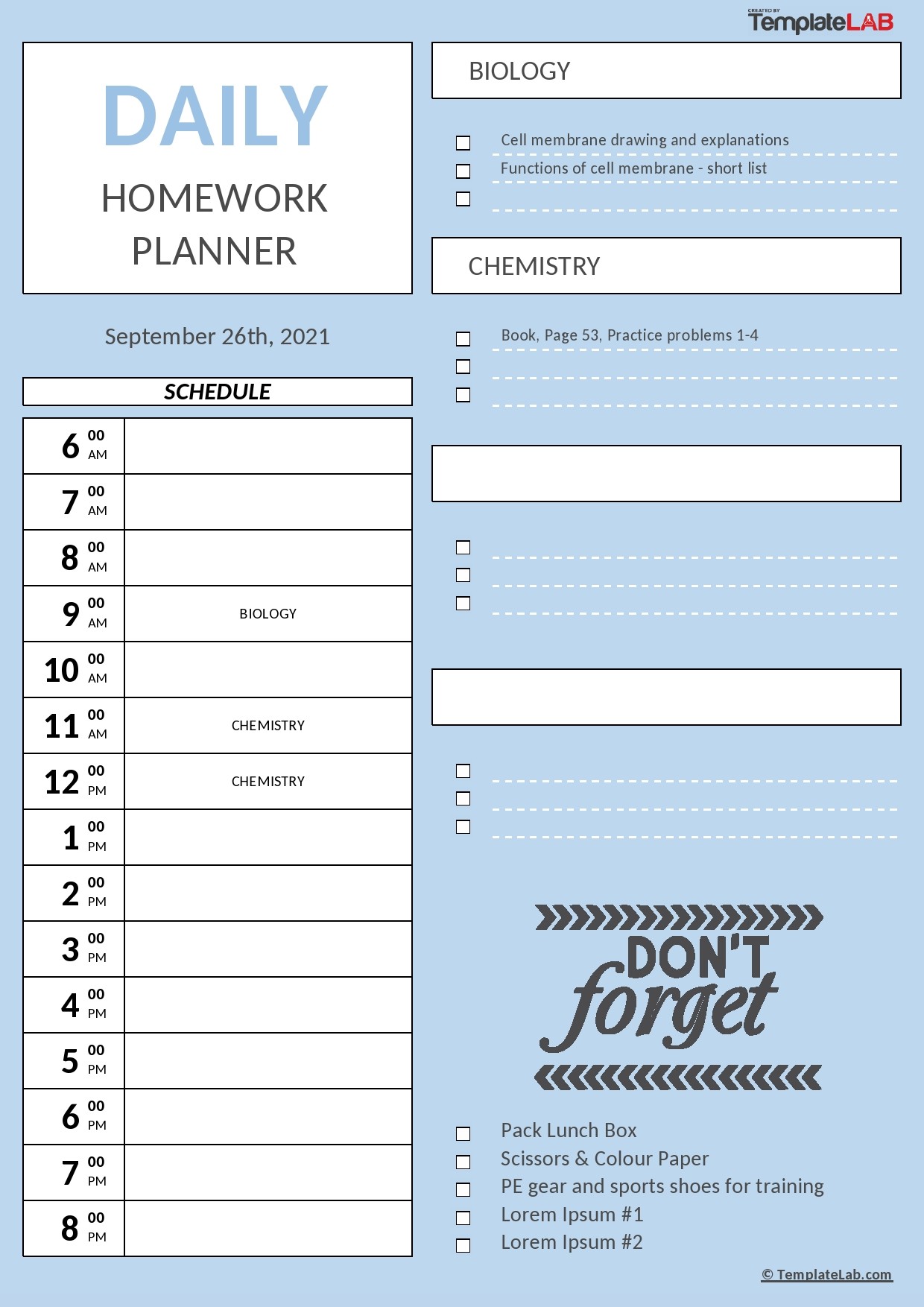
How to use your homework planner?
Sometimes it’s hard to think about how you can accomplish all of your homework when your teachers keep piling everything on as if there’s no tomorrow. But as a student, the only thing you can do is to deal with what you’re given. The best way to do this is to remain organized by using a homework planner.
Without the proper organization and time management skills, you might not be able to get the top grades you’re hoping for. Now that you know how to create a daily, monthly or weekly homework planner, here are some tips for using it:
- Select the right type of planner When you’re thinking about the type of planner to use, take your time. Select one which can accommodate all of the information you need but which still fits into your bag. Also, stay away from the store-bought ones with zippers or locks which are a challenge to open.
- Name your planner Small as this detail may be, it’s important to name your planner to remind you to keep using it. When you assign a name to an object, you’re also giving it a strong purpose in your life. Choose whatever name you want, make sure that it stands out!
- Incorporate the planner into your daily routine Make sure to bring the planner along with you at all times, especially when you go to school. Also, make sure to check the information written inside at the start and at the end of each day.
- Jot down the information ASAP As soon as your teachers assign you with homework, jot down the most important details right away. Make this a habit and it soon becomes automatic for you. Write down the assignment on your planner, the due date, and other relevant details.
- Learn how to use backward planning Whenever you write down any due date in your planner, keep going back to that homework to remind yourself that the due date is fast approaching.
- Color-coding systems work wonders Use colored dividers, stickers, papers, highlighters, and more to organize your planner. This makes it easier for you to understand and identify the information written on your planner.
- Make sure to include everything in your homework planner You must write down all the possible information in your planner, even the information about events, holidays, and other times which might take you away from doing your homework. If you don’t include this information, you can’t manage your time effectively.
- Use tabs and flags Using tabs and flags makes it easier for you to indicate due dates, finished homework, end of terms, and more. These serve as an excellent visual tool which constantly reminds you of what you need to accomplish.
- Keep the old pages and sheets in a separate file Since you’ll input everything in your planner, this means that each of the sheets contains important information. Therefore, you must keep the old pages in a separate file in case you need to use them as for reference later on.
- Congratulate yourself for creating an organizational system After creating your homework planner and following all of these tips, congratulate yourself for creating your own organizational system. As long as you stick with the planning, doing your homework becomes a lot easier.
More Templates

Homeschool Schedule Templates
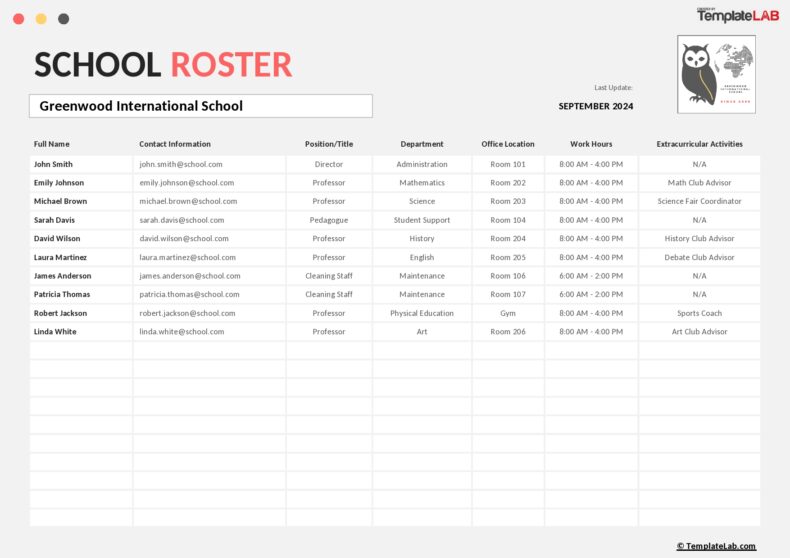
Class Roster Templates

Graph Paper Templates

Cover Page Templates
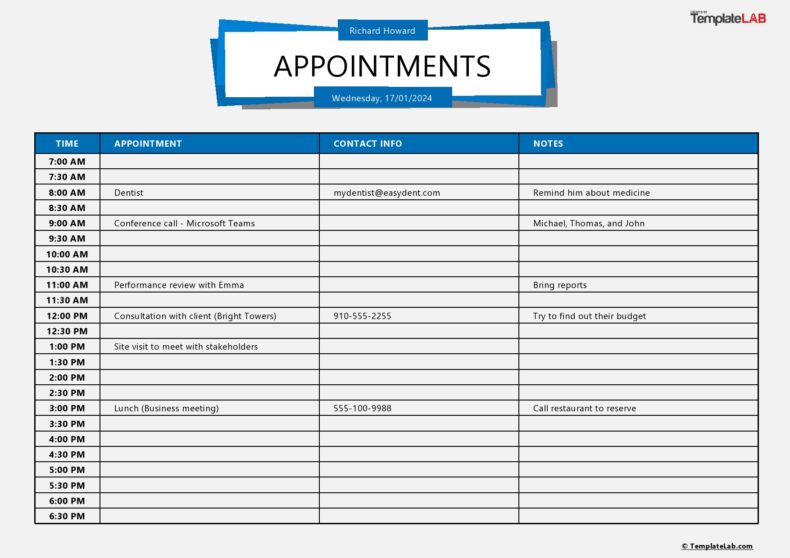
Appointment Schedule Templates
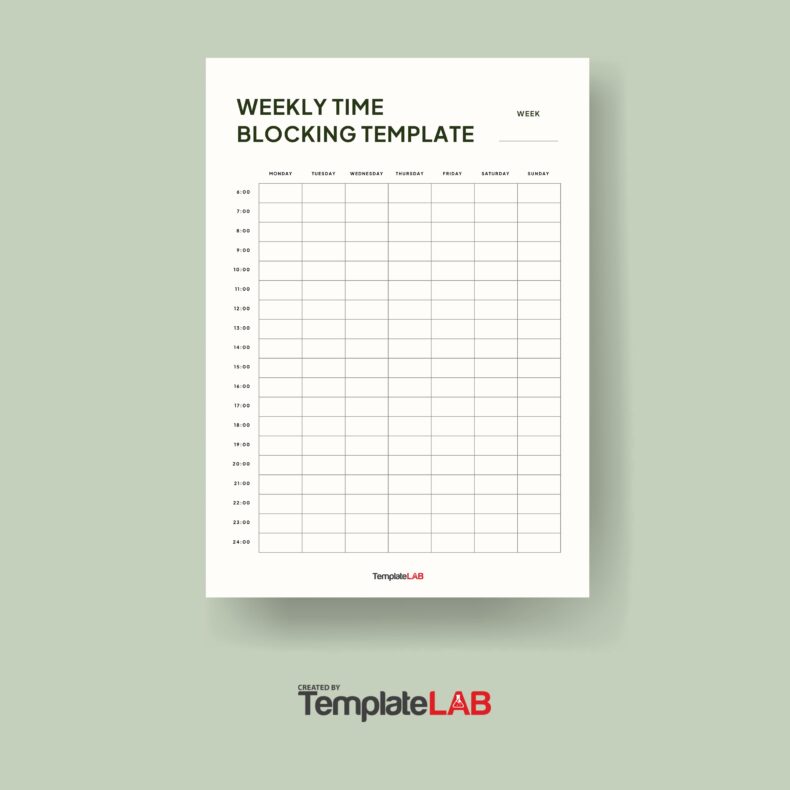
Time Blocking Templates

IMAGES
VIDEO